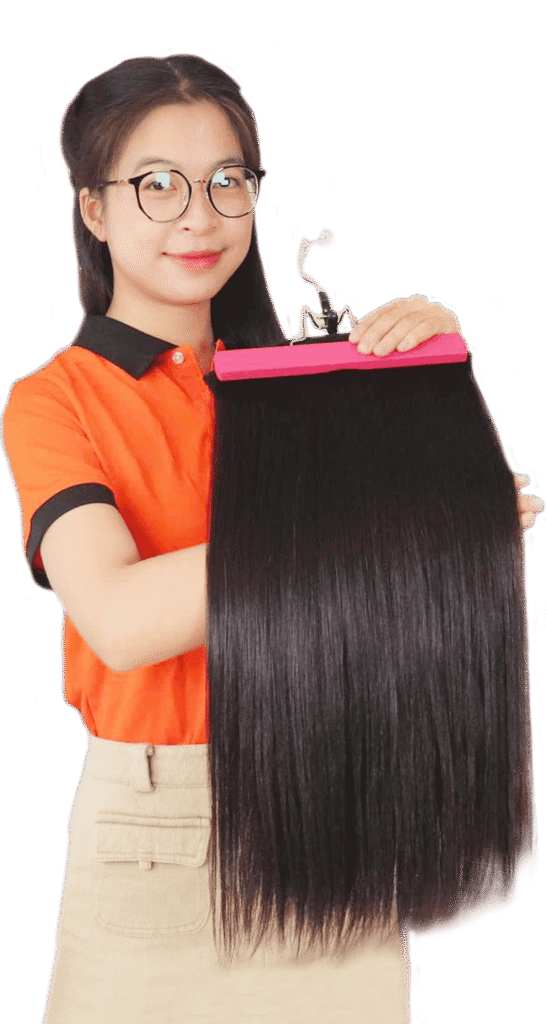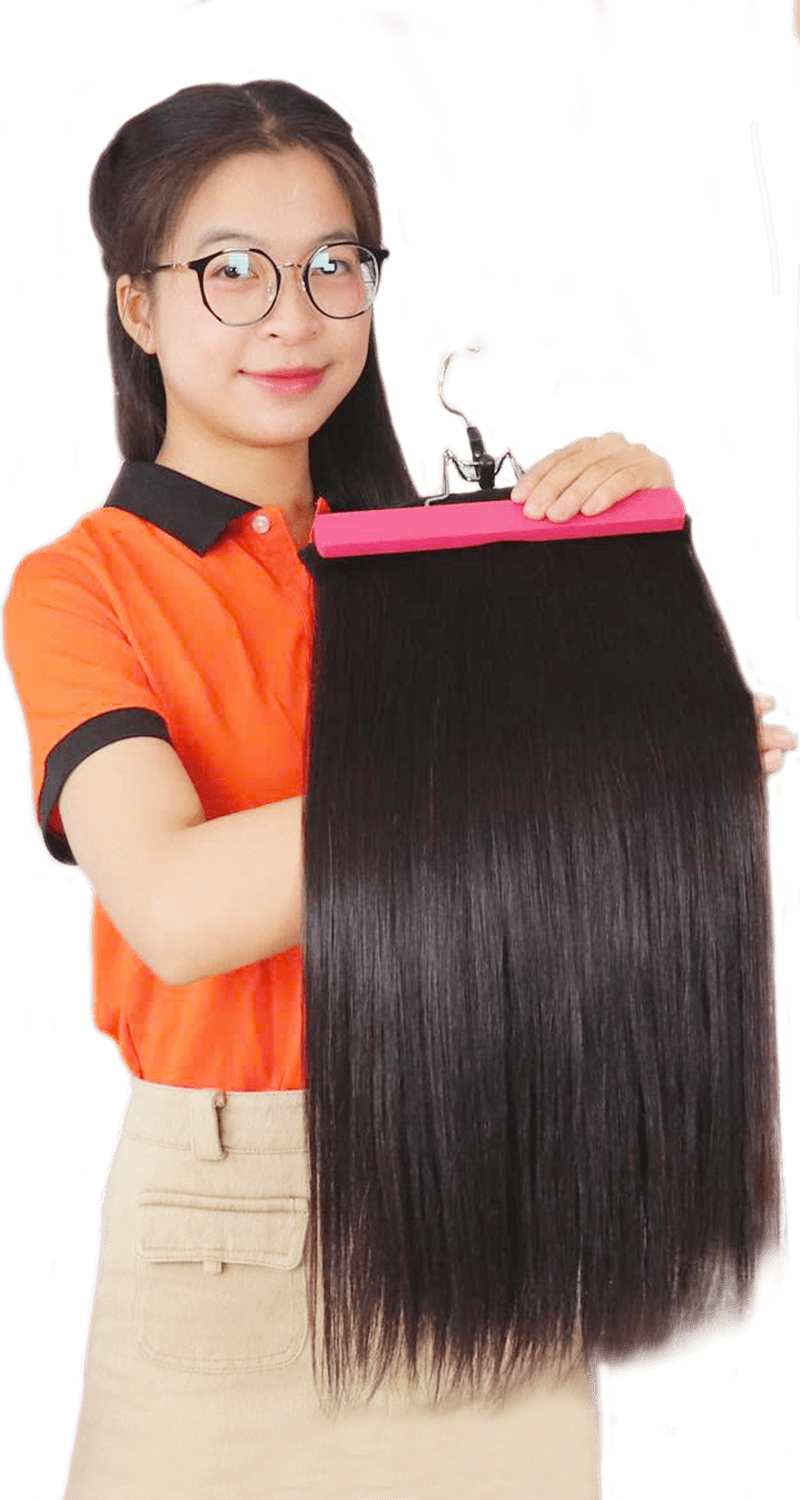In a world where appearance holds significant value, the demand for high-quality hair extensions and wigs has skyrocketed. However, with this surge in demand comes a dark underbelly – the proliferation of single-donor hair scams. But fear not! In this comprehensive guide, we’ll equip you with the knowledge and tools necessary to safeguard yourself against deceitful vendors and ensure that your hard-earned money is well-spent.
I. About Single Donor Hair
“Single-donor hair” refers to hair extensions or hairpieces made from hair sourced from a single individual. In the context of hair extensions, especially those of higher quality, the term “single-donor” implies that all the hair in a particular bundle or piece originates from one person.


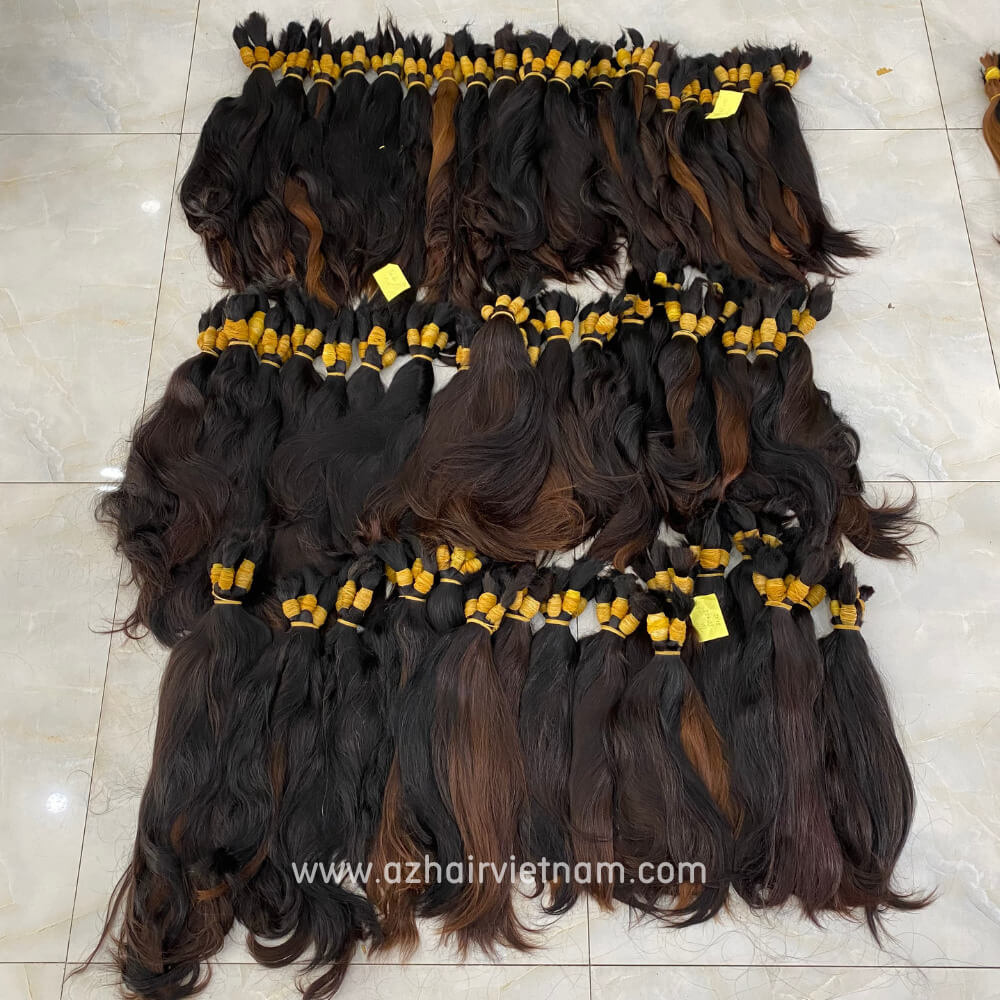
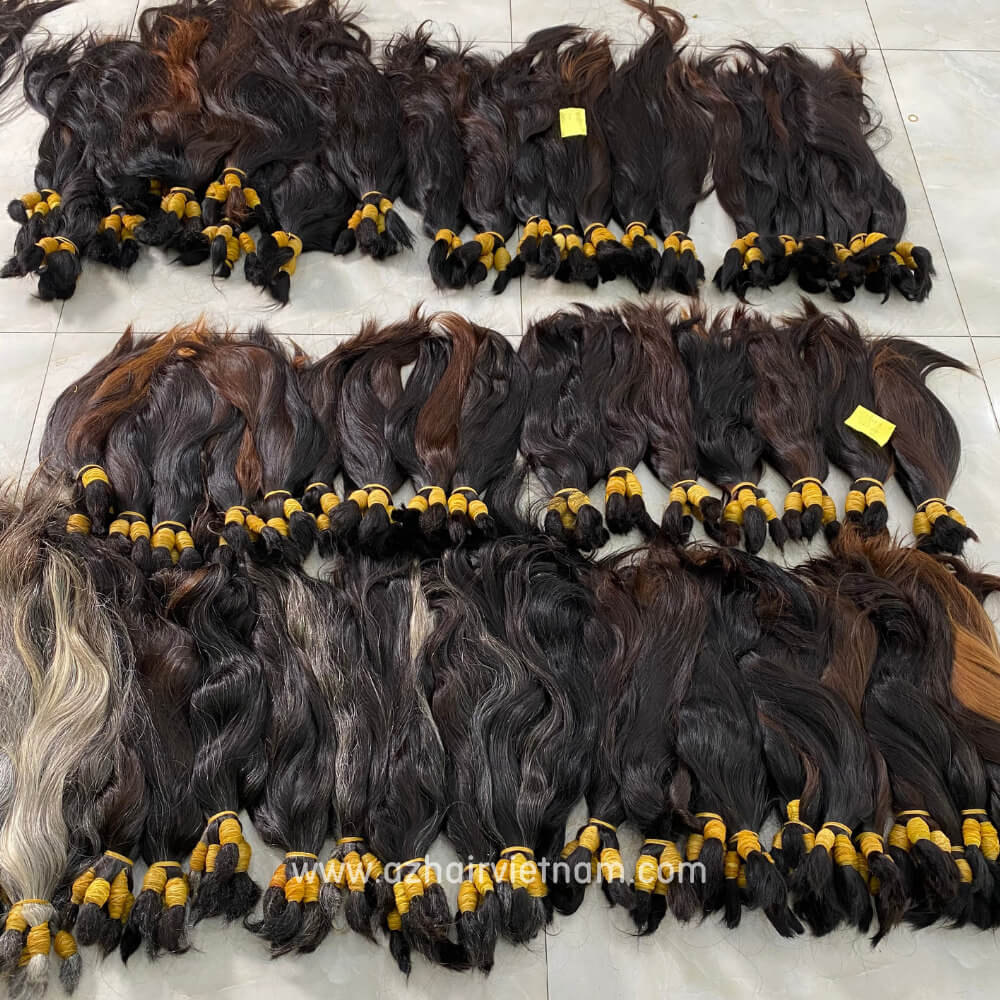

The term is often used to denote premium quality because hair from a single donor typically has a consistent texture, color, and thickness throughout, giving a more natural look when used for extensions or wigs. This contrasts with hair sourced from multiple donors, which may have variations in texture, color, and quality. Single-donor hair is often preferred by those seeking the highest quality and most natural-looking hair extensions or wigs, as it provides a more uniform and seamless appearance when blended with the wearer’s natural hair. You can find out more about the reasons why single-donor hair become so popular in our dedicated blog: Why is Single Donor Hair Causing Such a Stir In The Beauty Industry?
II. 7 Red Flags & Warning Signs of Single Donor Hair Scams
Here are some red flags and warning signs to watch out for when dealing with potential hair scammers:
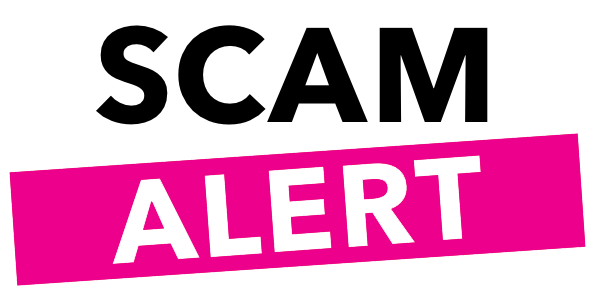
- Unrealistic Prices: Single-donor hair typically comes at a cost due to the quality of the hair used and the way to collect it. Be wary of any supplier offering significantly lower prices than the market average, cuz it can be a scammer.
- Limited Contact Information: A lack of detailed contact information such as a physical address, phone number, or email address can be a sign of a scam. Legitimate hair businesses usually provide multiple ways to contact them.
- No Reviews or Testimonials: A reputable seller usually has reviews or testimonials from previous customers. If you can’t find any feedback or reviews, it could be a red flag.
- No Refund or Return Policy: Legitimate businesses usually have clear refund and return policies. If the seller doesn’t offer any guarantees or refuses to accept returns, it’s a warning sign.
- Payment Methods: Be wary if the seller only accepts payment via methods that don’t offer buyer protection, such as wire transfers or prepaid debit cards. Legitimate businesses typically offer multiple secure payment options.
- Lack of Product Information: A reputable seller will provide detailed information about their single donor hair. If there’s a lack of information or transparency about the product, proceed with caution.
- Unprofessional Website or Social Media: Check the website or social media profiles of the seller. A poorly designed website or poor social media profile can indicate a lack of professionalism and potentially a scam.
III. How To Distinguish Single-Donor Hair and Multi-Donor Hair?
Distinguishing between single-donor hair and multi-donor hair can be challenging, but there are some key factors you can consider:
1. Root-to-Tip Ratio

Single-donor hair tends to have more uniformity in strand thickness and consistency throughout the length of the hair. Multi-donor hair may exhibit variations in thickness and consistency due to the different donors contributing to it.
2. Tangling and Shedding
Single-donor hair typically experiences less tangling and shedding compared to multi-donor hair. This is because single-donor hair maintains more consistent cuticle alignment and tends to be of higher quality.
3. Color and Shade Consistency

Single-donor hair typically maintains consistent color and shade throughout the length of the hair. In contrast, multi-donor hair might have slight variations in color due to the different donors’ natural hair color. Besides, single-donor hair often has better cuticle alignment, resulting in smoother and shinier hair. In multi-donor hair, due to different growth patterns and conditions, the cuticle alignment may not be as uniform, leading to a slightly rougher texture.
4. Price and Quality
Generally, single-donor hair tends to be more expensive due to its quality and the effort required to source it ethically. Multi-donor hair may be more affordable but might not offer the same level of quality and consistency.
IV. How To Avoid Single Donor Hair Scams?
Avoiding scams when dealing with single-donor hair suppliers requires careful research, verification, and attention to detail. Always do thorough research before purchasing hair extensions from any seller, especially if you’re unsure about their legitimacy. Here are some tips to help you avoid falling victim to such scams:
1. Research the Company
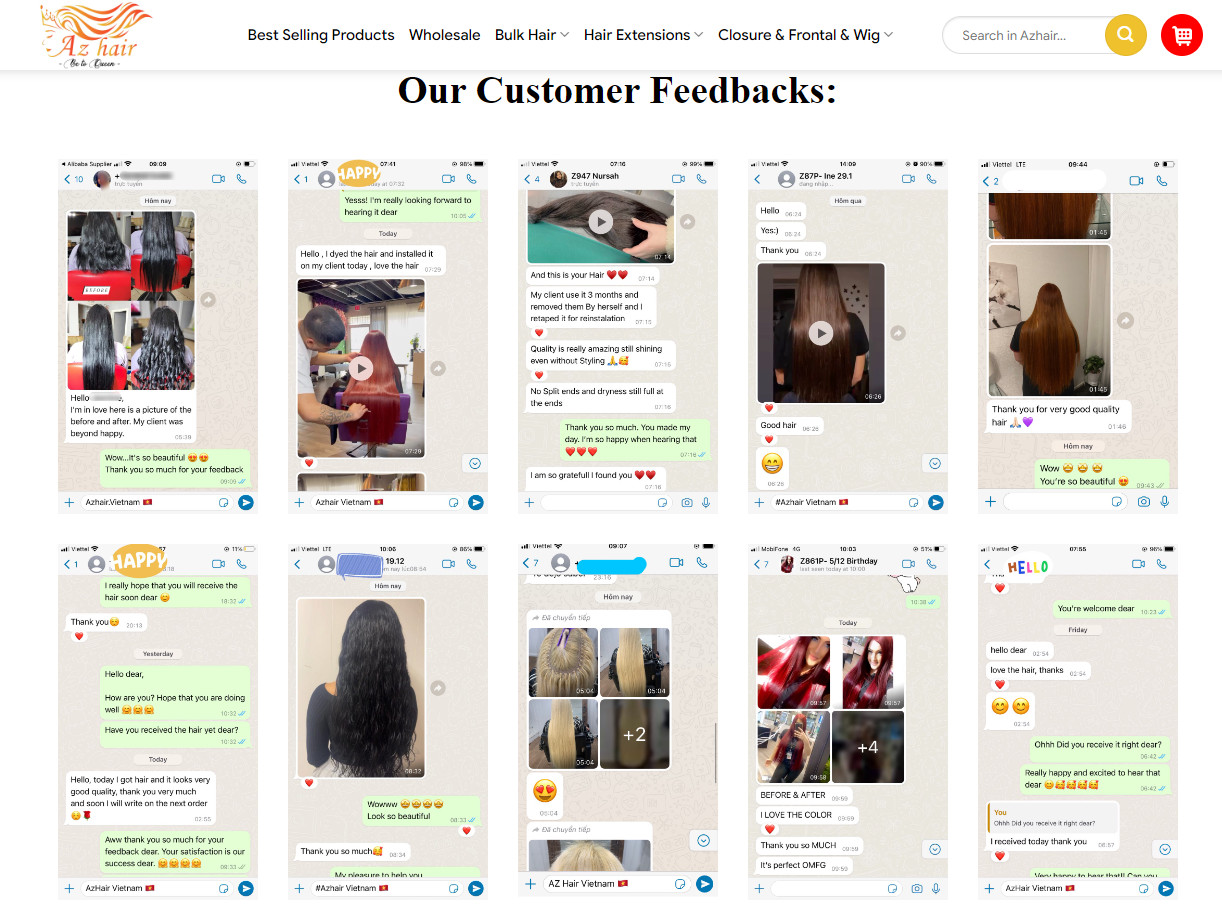


2. Verify Authenticity
Ask the supplier for detailed information about their sourcing process, including where they obtain their hair, and how they ensure it comes from a single donor. Be wary of vague or evasive responses. You also can request documentation or certificates of authenticity from the supplier to verify the origin of the hair. This could include information about the donor, the harvesting process, and any quality assurance measures that have been taken. You can refer to this post to find out how AZ Hair collects single-donor hair.
3. Request Samples
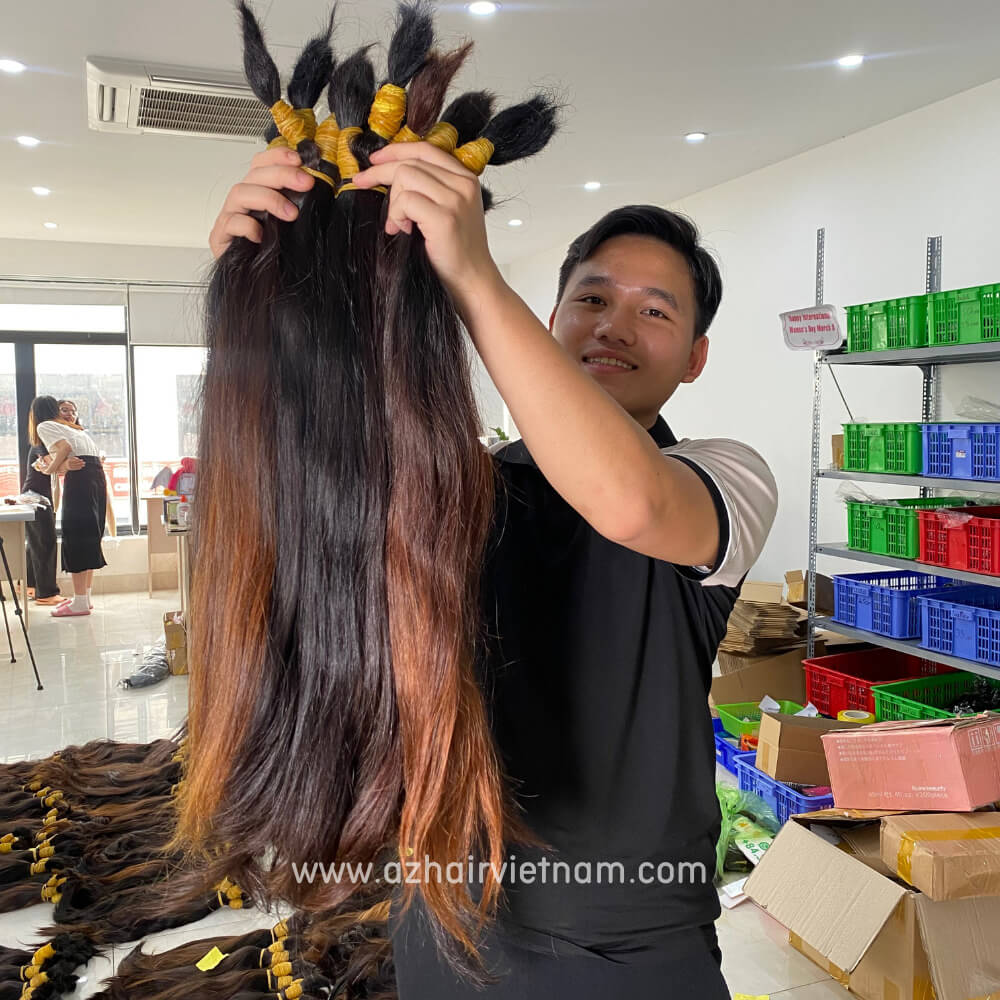
Ask for samples of the hair before making a large purchase. This will allow you to inspect the quality, texture, and color of the hair firsthand. Single donor hair should have consistent texture, color, and length throughout the bundle. If you notice inconsistencies or variations within the bundle, it may indicate that the hair is not from a single donor. You also need to be cautious if the supplier refuses to provide samples or if the samples they provide differ significantly from their advertised product.
4. Use Secure Payment Methods
When making a purchase, use secure payment methods that offer buyer protection, such as credit cards or PayPal. Avoid making payments via wire transfer or other methods that offer little to no recourse if something goes wrong.
→ By following these tips and exercising caution when dealing with single-donor hair suppliers, you can minimize the risk of falling victim to scams and ensure that you’re purchasing high-quality, authentic hair for your needs.
V. Conclusion
Ensuring the authenticity and reliability of single-donor hair is paramount in the world of hair extensions and wigs. With the growing demand for natural-looking hairpieces, the market has seen a surge in single-donor hair scams, making it crucial for consumers to be vigilant and well-informed. By adhering to the key principles outlined in this guide, you can safeguard yourself from falling victim to these scams.


 BEST SELLING PRODUCTS
BEST SELLING PRODUCTS Wig Hair
Wig Hair WHOLESALE
WHOLESALE Contact us
Contact us Sale Events
Sale Events